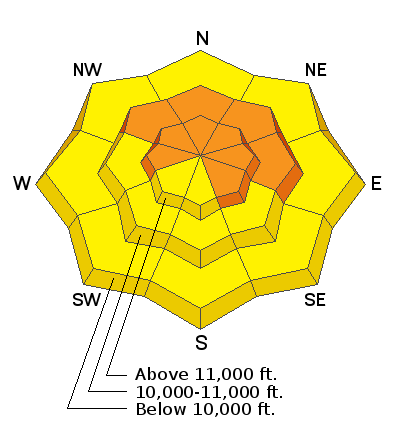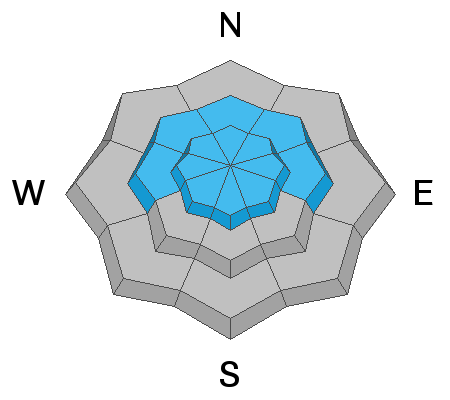Forecast for the Moab Area Mountains

Issued by Eric Trenbeath on
Monday morning, February 18, 2019
Monday morning, February 18, 2019
The avalanche danger remains CONSIDERABLE on steep, wind drifted slopes, and human triggered avalanches are likely. On slopes that face W-N-SE, the new snow load has also increased the danger for triggering a deep and dangerous avalanche failing on a buried, persistent weak layer. Most low elevation, and south facing terrain has a MODERATE danger. Backcountry travelers need to have excellent route finding and snow stability analysis skills, and know how to avoid steep, wind drifted terrain.

Low
Moderate
Considerable
High
Extreme
Learn how to read the forecast here








